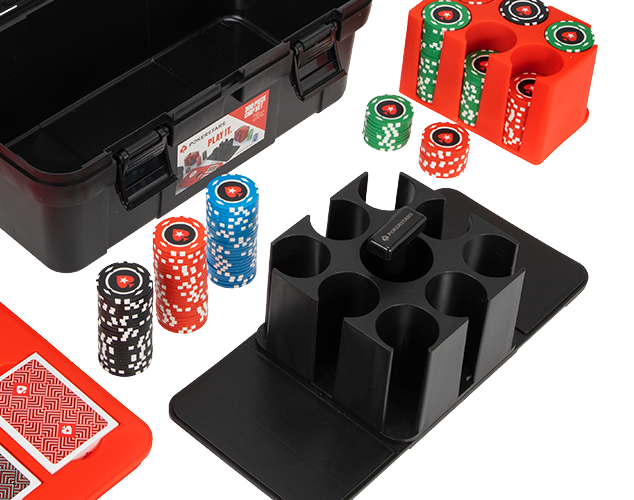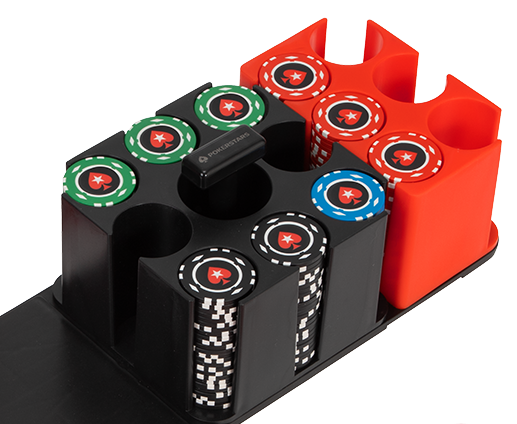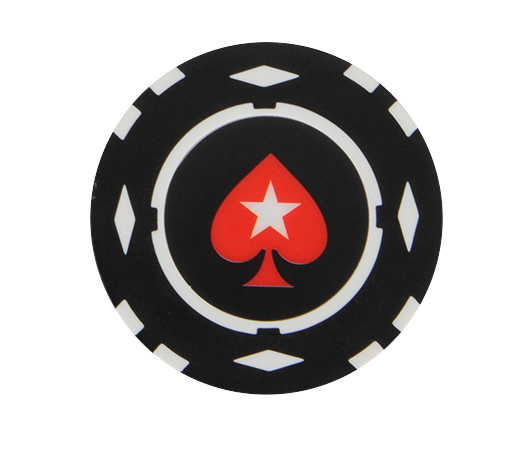Table of Contents
You might not know what “tilt” in poker is just yet, but if you’ve played plenty of poker, there’s a very good chance you’ve felt it.
And trust us, it’s definitely something you’ll want to avoid feeling in the future.
Being on tilt – in poker and in life – is not where you want to be. It can cost you money. It can cost you happiness. And it might even cost you your friendships.
In this article, we’re going to explain what tilt in poker is and outline the many different types of tilt, then give advice on how you can avoid it.
WHAT IS TILT IN POKER?
When a poker player is “on tilt” or “tilting”, it means they’re playing or acting badly due to their emotions.
On its own, not playing very well doesn’t mean you’re on tilt. It’s easy for players to have gaps in their knowledge which lead them to misplay a hand or to make an outlandish, out-of-character move based on ill-judged instinct.
So when we say a player is on tilt, we’re nearly always talking about an emotional reaction.
Tilt is what happens when our emotions negatively impact our decisions. This definition can include emotions like elation and boredom, both of which can lead to mistakes and bad play.
But more often than not, tilt refers to a state of anger. Perhaps you were a 90% favourite to win an all-in but you got sucked out on. Maybe the player to your left is three-betting you every time you open.
The most well-established and useful definition of tilt is that: TILT = ANGER + BAD PLAY
This tilt definition is lifted from the brilliant book ‘The Mental Game of Poker’ by Jared Tendler and Barry Carter. It’s essential reading for anyone who wants to get to the heart of tilt and how they can overcome it.
Click here to read an excerpt from ‘The Mental Game of Poker’
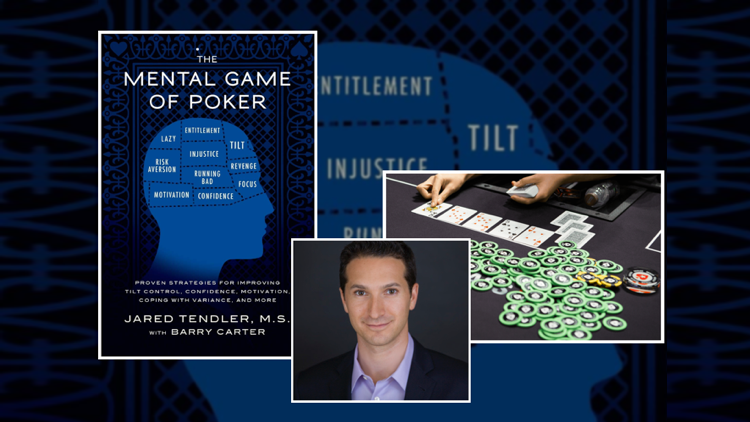

7 TYPES OF TILT
Here’s our spin on the seven different types of tilt that Tendler uses in the book.
INJUSTICE TILT
This is when your anger arises from a sense of injustice – usually a bad beat, or two or three bad beats in a row.
Worse still is a river suckout, or any other instance when you feel like you “should have” won the pot.
Losing important coinflips and being on the bad side of a cooler can also trigger your sense of injustice – “If only I hadn’t been dealt KQ in that hand… I’d have been on the final table.”
Remaining and restoring calm in that crucial bad beat moment is easier said than done.
MISTAKE TILT
Knowingly making a mistake can have an even worse effect on your poker emotions than bad beats.
In this case, there’s nothing or no one to blame but yourself.
You blew your shot with a silly move. It’s a frustrating feeling when a momentary lapse in focus causes a mistake, or when hindsight reveals a less devastating or more effective betting line.
If your mistakes trigger an angry response, then you could quickly go on tilt. More mistakes follow, and the cycle continues.
It’s important to recognize that mistakes are part of the journey of learning and improving.
Develop a routine of analyzing your decisions when you’re away from the tables. This can help you to feel less angry and more in control – or at least makes your mistakes useful.
REVENGE TILT
Every now and then a player will really get to you.
Maybe they’ve rivered one too many straights. Stolen your blinds one too many times. Or thrown too many offensive objects.
Or maybe you just don’t like their avatar.
Whatever the case, it’s never wise to hunt down your nemesis out of anger and frustration.
Look for profitable spots – Yes. Make stupid moves and get crazy about it – No.
Pick your moments to counter-attack carefully and don’t let your feelings towards another player spill over into your decisions.
HATE-LOSING TILT
Every player wants to win, yet every player should also be prepared to lose. There’s a skill in finding this balance.
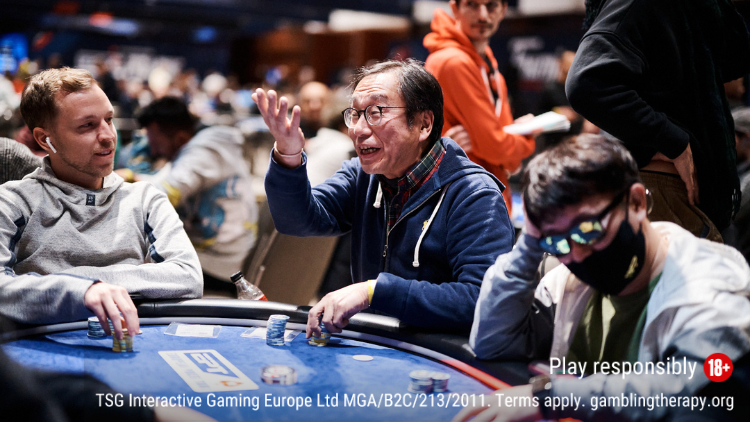

You want to be playing poker games with a fighting spirit, not an attitude of self-defeat. But even top poker pros lose more games than they win – it’s just that when they do win they more than recover their losses.
In any case, losing a game is an obvious trigger for tilt in poker.
A few factors could make the hate-losing tilt more severe:
- The game you’re playing is very important to you (perhaps a Main Event or a big tournament you’ve qualified for)
- You’re running deep and close to a massive score
- You bubble the tournament (falling short of the money bubble or a prize jump)
- You’ve lost lots of games in a row
It’s easy to see how this form of tilt would mix with others, such as entitlement tilt, covered below.
One way to counter this form of tilt is to always play games within your bankroll and psychological limit. If you aren’t prepared to lose the game, then you can’t be in it to win it. You have to be able to handle short-term losses in order to focus on long-term gains.
ENTITLEMENT TILT
This one is very similar to ‘hate-losing tilt’. With entitlement tilt, your poker mindset is calibrated towards a sense of deserving to win.
Perhaps you think you’re better than the rest of the field – and maybe on paper, you are.
If you expect a particular win rate in the Sit & Gos or tournaments that you register for, then you could potentially get angry if you don’t achieve this.
This is a mindset that sees winning as something that belongs to you. When you don’t win, you feel like something has been taken away. There’s no quick fix other than coming to terms with the realities of poker.
DESPERATION TILT
The urge to win back your money (or pride) can cause you to make all kinds of mistakes.
This is a negative emotional state known as desperation tilt.
It’s a place you don’t want to be. If you were playing roulette, it’s the thought that says “One more spin”.
In poker, this can translate to:
- Forcing the action
- Making huge bets
- Angrily shoving all in with nothing
- Playing for too long when you know you should stop
- Moving up in stakes or to faster games in the hope that you can claw back a quick win
Always game responsibly, and never try to win back money in this way. Playing with money you can afford to lose and establishing solid bankroll management principles can help you avoid this.
RUNNING BAD TILT
This is caused by a run of bad cards over a long period of time.
It could be that you’re not getting any hands to play, losing all your flips, or not winning for weeks or months at a time.
Running bad is not actually a type of tilt in itself. It’s more a combination of other forms of tilt happening in quick succession, or for a sustained period of time.
Your mind can’t handle it and can’t reset itself before the next game or session that you play, leading to a long-term state of tilt that can be difficult to drag yourself out of.
This form of poker tilt is most common among pros and long-term poker grinders, rather than recreational players who are looking for fun. Pros can experience downswings of weeks or months and must develop the mental strength to deal with it.
EFFECTS OF TILT
The types of tilt above address the root causes of the emotions and anger that lead to bad poker play. But how this affects players can vary.
Working out how you react and how your play changes when you’re angry is a good step towards improving the emotional aspects of your game and avoiding tilt.
Here are the possible effects of tilt:
Playing too loose
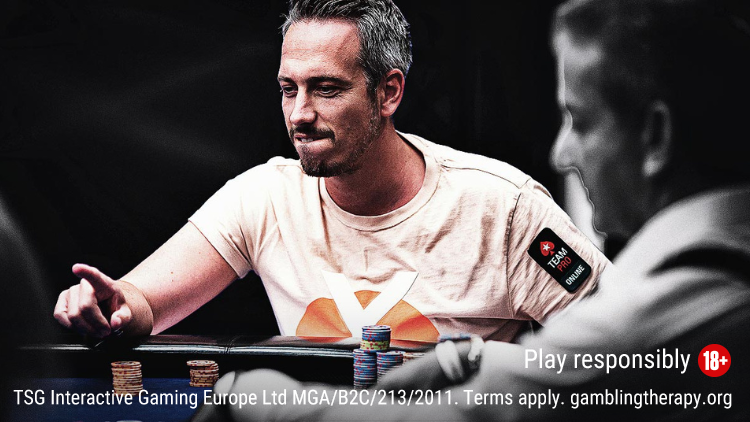

Players like Lex Veldhuis are known for their loose play. But his is a lot different to spewing when tilting.
Given that tilt is most commonly associated with anger in poker, spewing chips and playing way too loose is one of the effects.
Tightening up
It may sound counter-intuitive to those players who are in the “spew tilt” camp, but losing a bad beat or making a mistake can also result in a fear of putting more chips in the middle.
It’s understandable. You don’t want to let the players (or the cards) get the better of you again.
But by playing too tight, you’re going to miss spots, scrimp on value, passively call away your chips, or simply let the blinds eat your stack.
Fancy play syndrome
Fancy play syndrome is where you start to overthink, overcomplicate and overplay poker hands.
Whatever has triggered your anger has led to you wanting to prove yourself, and you’ll take every fancy betting line in the book to do so.
The problem is you’re no longer making moves that you would usually make. Instead, you’re on tilt reacting to anger.
A moment ago you were solid and well timed. Now you’re running bluffs against a player who can’t fold. And that’s all it takes to bust a tournament.
If you feel really angry – like your play could be being influenced by your emotions – then a temporary solution to fancy play syndrome is to strip it down to the basics for a few hands until you regain your composure.
HOW TO AVOID TILT
Avoiding tilt is very much about taming the anger and not letting it influence your decisions. Of course, that’s easier said than done, and it’s not going to happen overnight.
Slowing down or quitting your session can reduce anger and limit the damage that tilt can cause. It’s a wise strategy until you can control the emotions, but quitting is not the cure and even the idea of a “fresh start” is a myth.
Taking breaks or quitting is a very good idea if your emotions get on top of you, but in the long term, you’ll need to identify and control your anger.
It all starts with becoming more conscious of your “tilt” profile. Try to identify:
- What causes you to tilt?
- How does your body and mind react?
- When do you lose control and let your emotions take over?
- How do you currently take action to deal with it?
This allows you to understand tilt as it relates to you as a person and player. It’s a far better approach than quick fixes that don’t tackle the root causes.
Knowledge is also important for the process of overcoming tilt in poker. Knowledge of the game, of statistical variance, and that not everything unfolds as you expect, even when the odds are in your favour.
Ultimately, building your mental strength is just as challenging as learning different strategies in poker. You’ll have to work on it over time.
We recommend reading, watching videos, checking out forums, and combining all of this knowledge with a decent understanding of your own tilt triggers and reactions. This will be a decent start when it comes to avoiding tilt.
Back to Top








